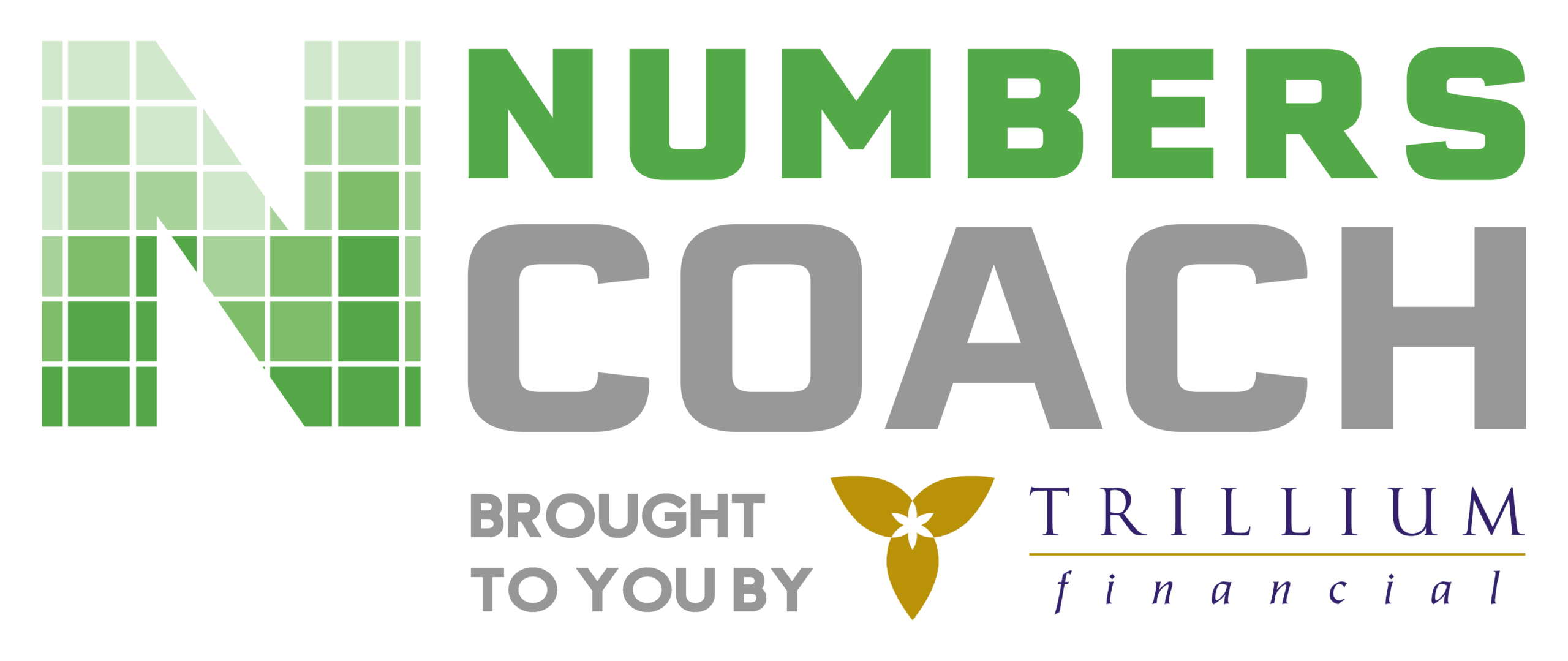Cash flow is the lifeblood of any business. And forecasting cash inflow from customers? Well, that gives you the ability to truly own your numbers and grow your business.
Building a cash flow forecast includes several components, from customer inflows to the numerous outflows with employee expense, vendor payments, and bank loan repayments.

In this Numbers Coach TIP, we are going to focus on a few methodologies to determine customer inflows and how to forecast them. I have used the following methods depending on the client’s business model:
- Payment pattern by each customer
- Sales pattern flow
- Collection pattern flow
Customer Inflow Forecast Method #1: Payment Pattern by Customer
In this method, we layout by customer the expected timing of when we will bill them and then allocate their payment to the month they have paid based on their history. In this case we are plotting out when each customer will pay during the forecasting period being analyzed. This typically works well when you don’t have a lot of customers and the services or products that you provide to them are recurring.
Customer Inflow Forecast Method #2: Sales Pattern Flow
In this method we layout the forecasted billing based on the period being forecasted (month, quarter, year). Then using our average collection cycle metric, we plot the collection of the sales based on the average cycle length. For example, if it takes on average about 30 days to collect our accounts receivable, then if I plot billing in February for $20,000, then I would show the collection of this amount in March.
Customer Inflow Forecast Method #3: Collection Pattern Flow
In this method we layout the sequence of how much of the billing is collected in subsequent months. For example, January billing we analyze how much of it gets collected in each subsequent month from February through December. In February we might collect 50% of the January billing. Then in March we might collect another 30% of January billing. In April we might collect 10% of January billing. We layout this collection pattern and choose several billing months to analyze and then use the average in our forecasting calculations. This method takes more effort and possibly more time due to the need to dig into the details of your collections.
Whichever method you use, by at least trying to calculate your forecasted inflows, you will gain the knowledge on what works and what does not to fine tune this critical element of your cash flow forecasting. No matter how accurate your forecast, you will gain insights into your business to help you make better decisions.
